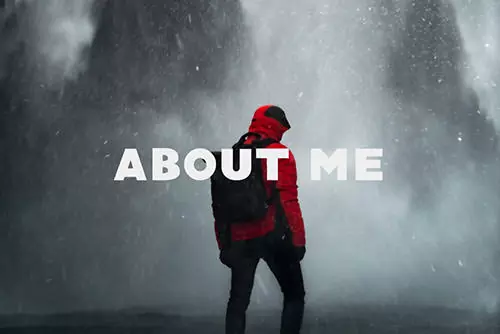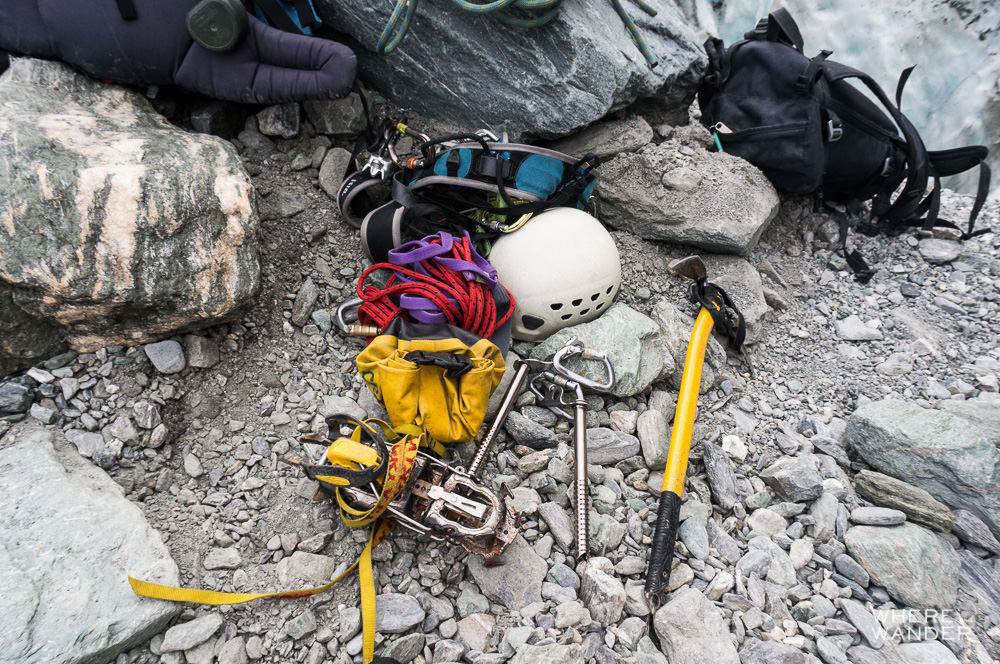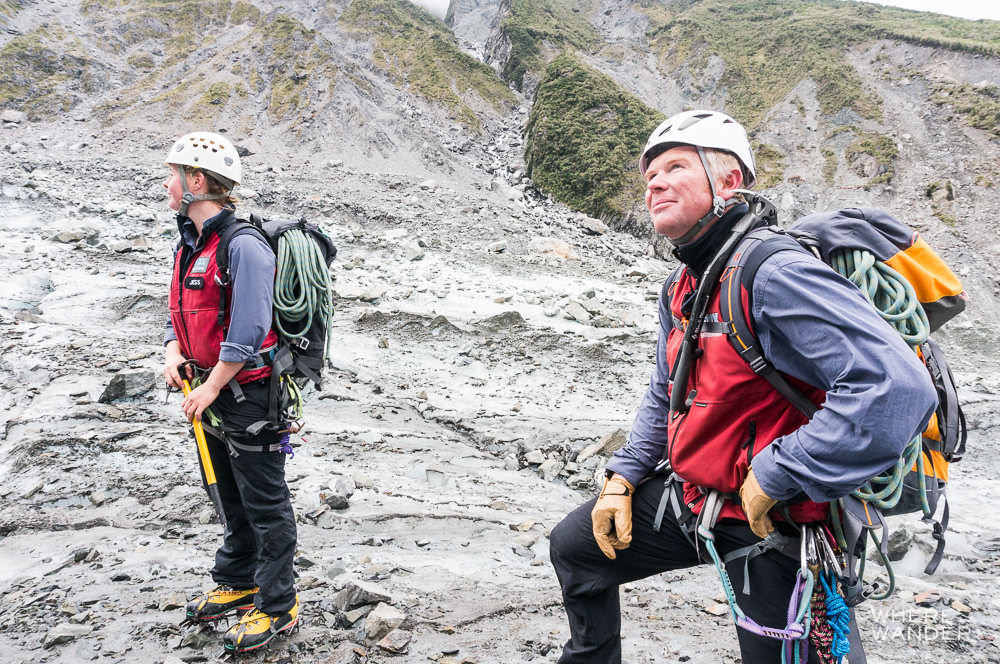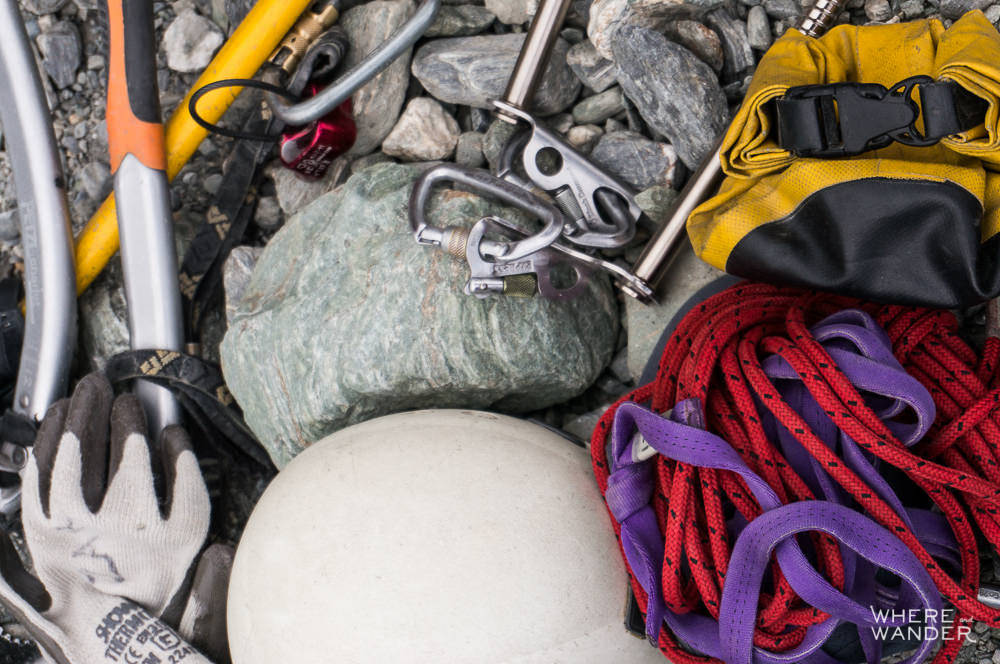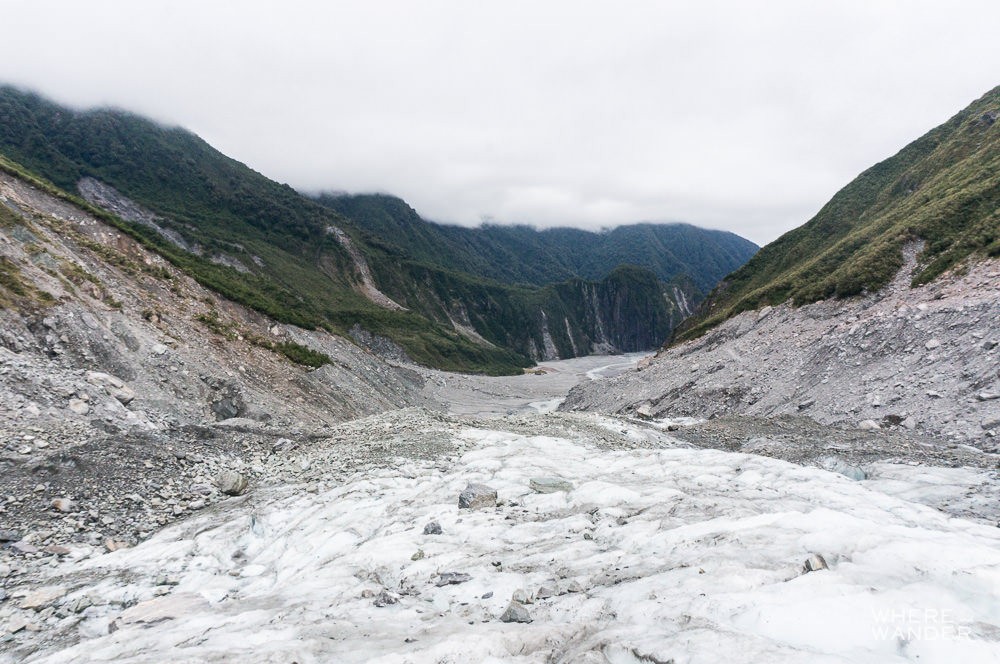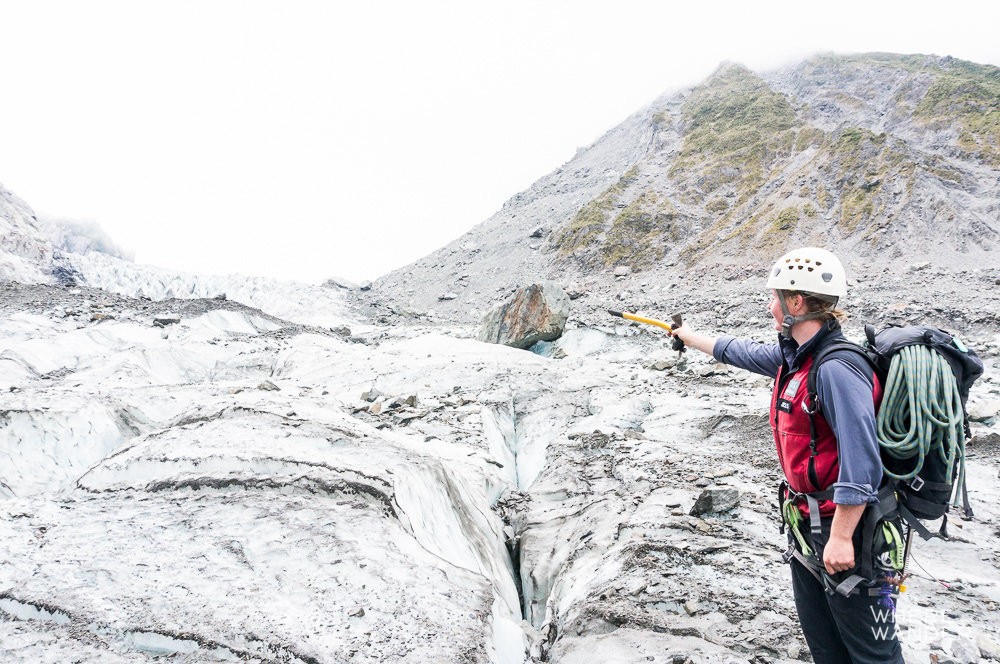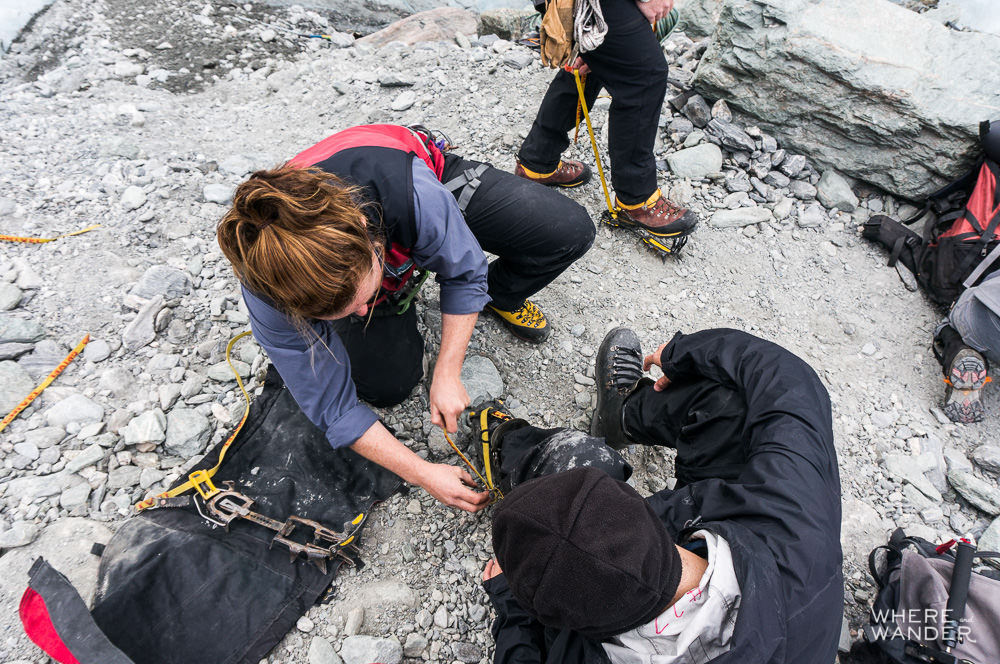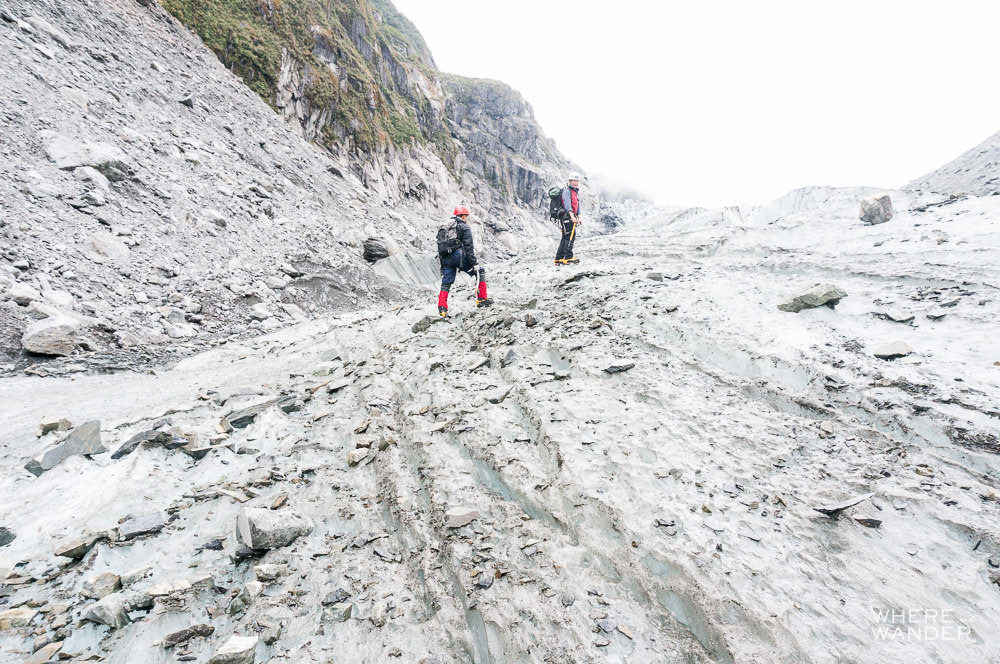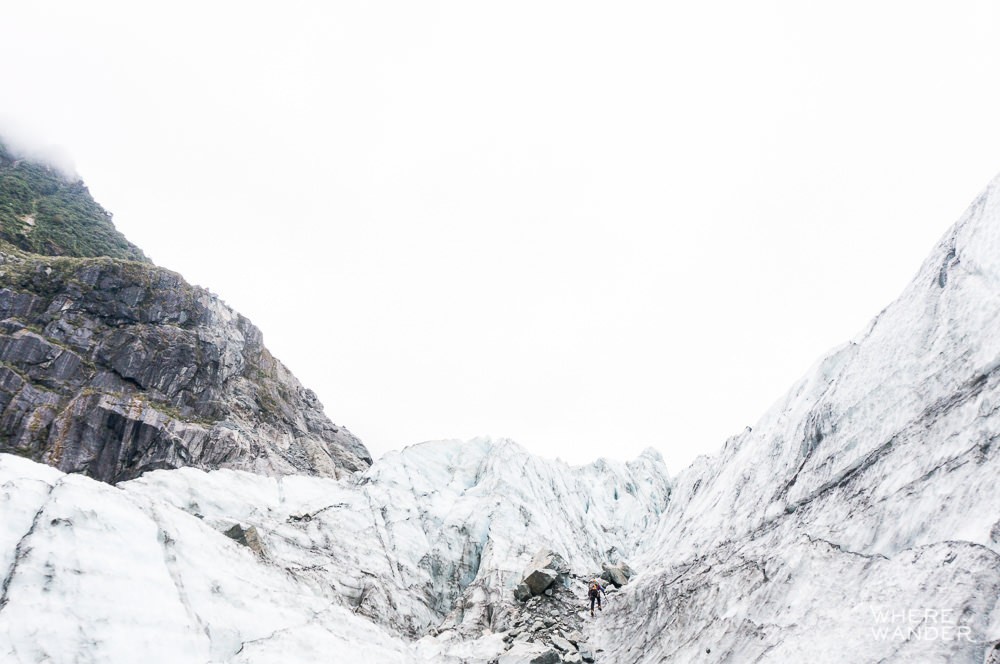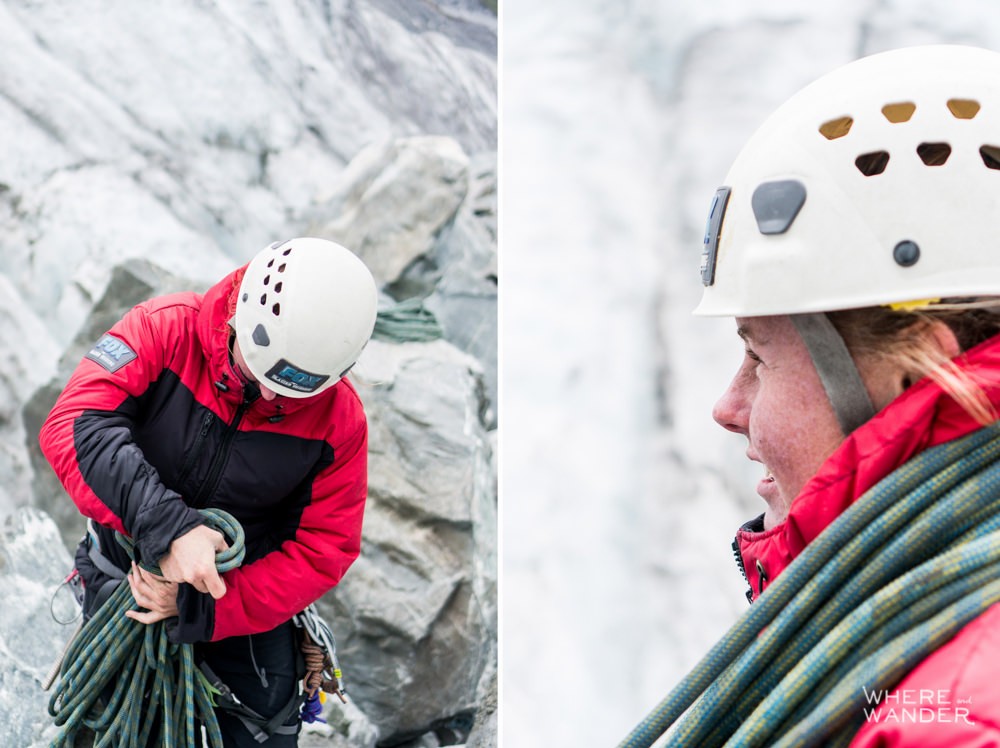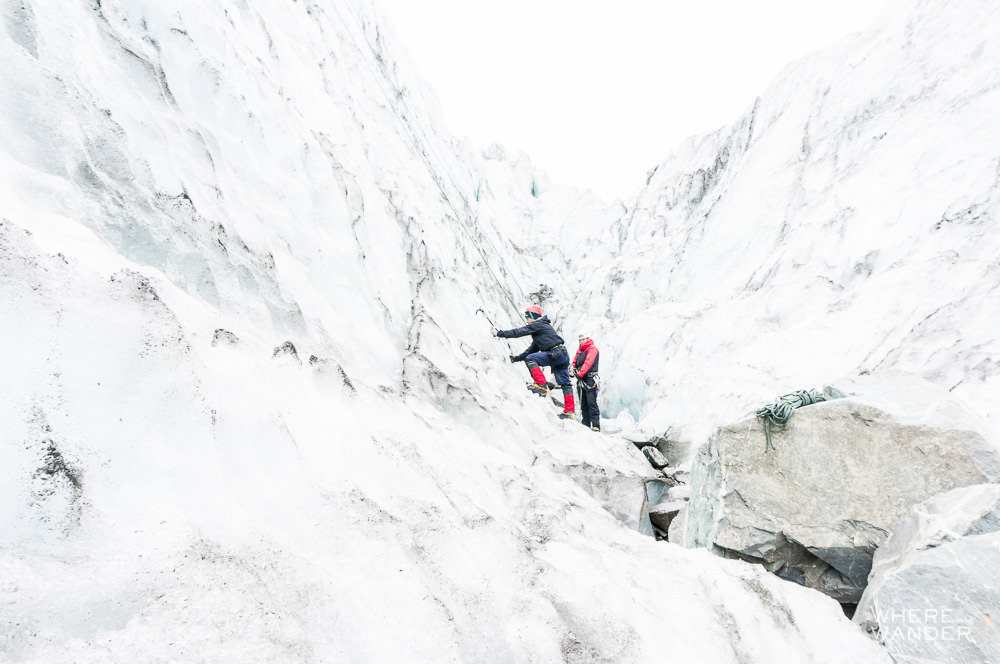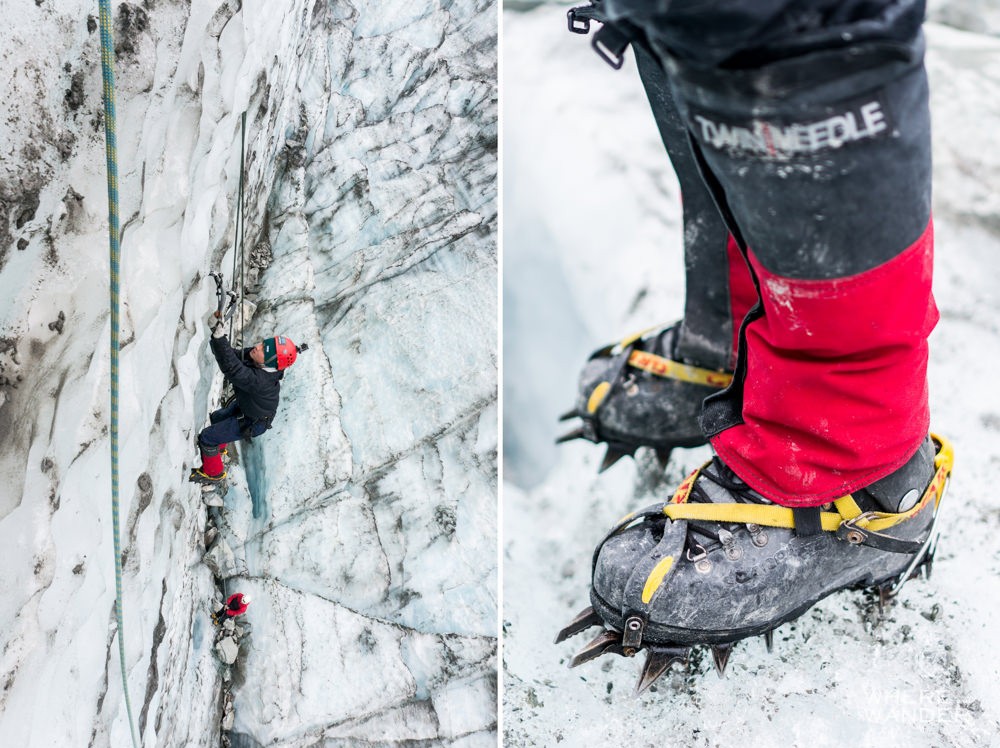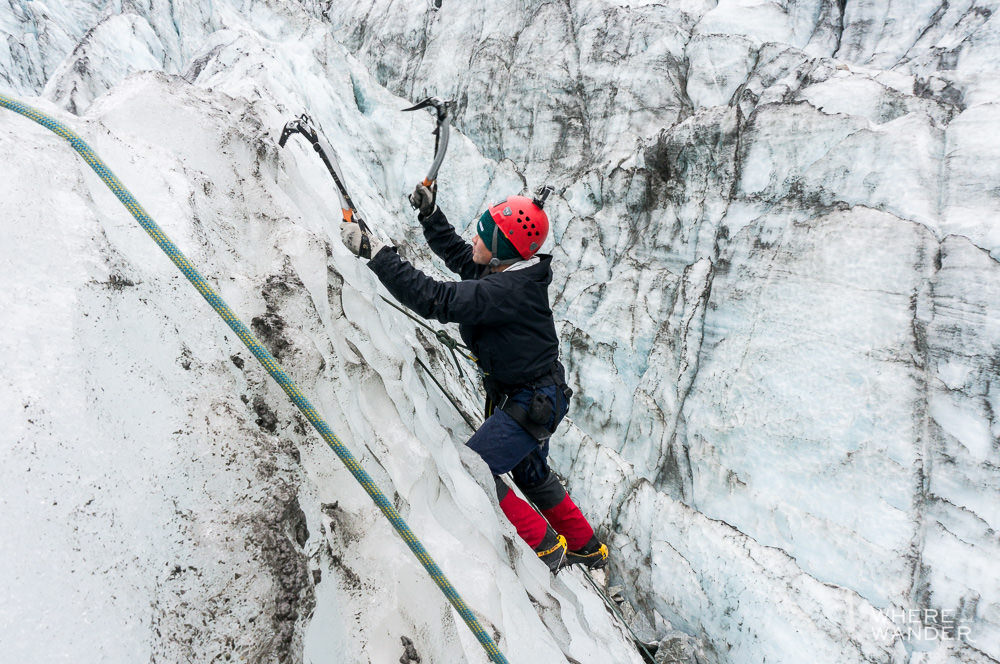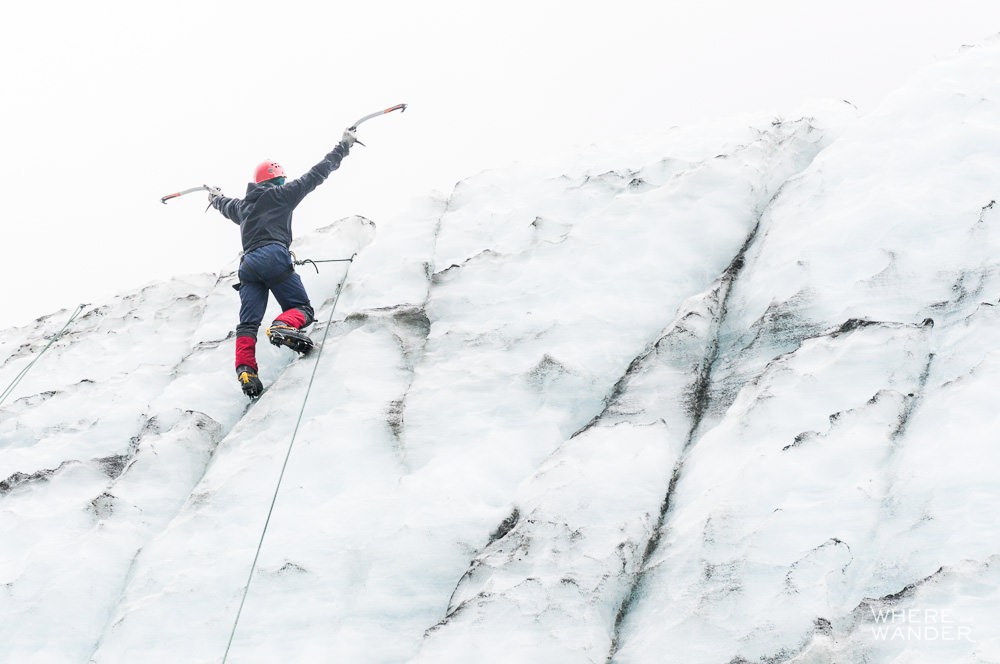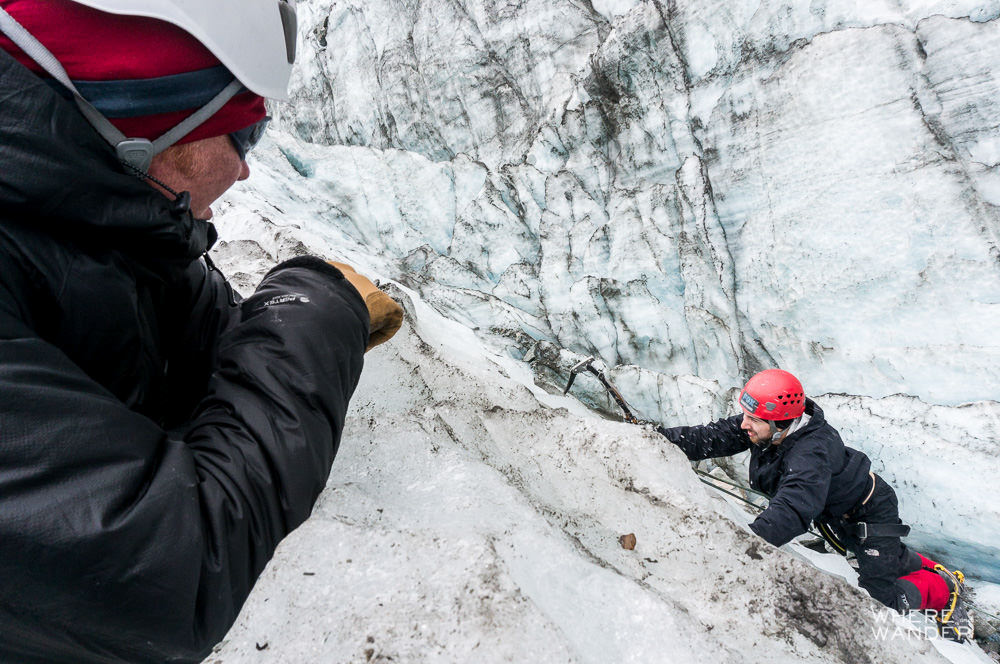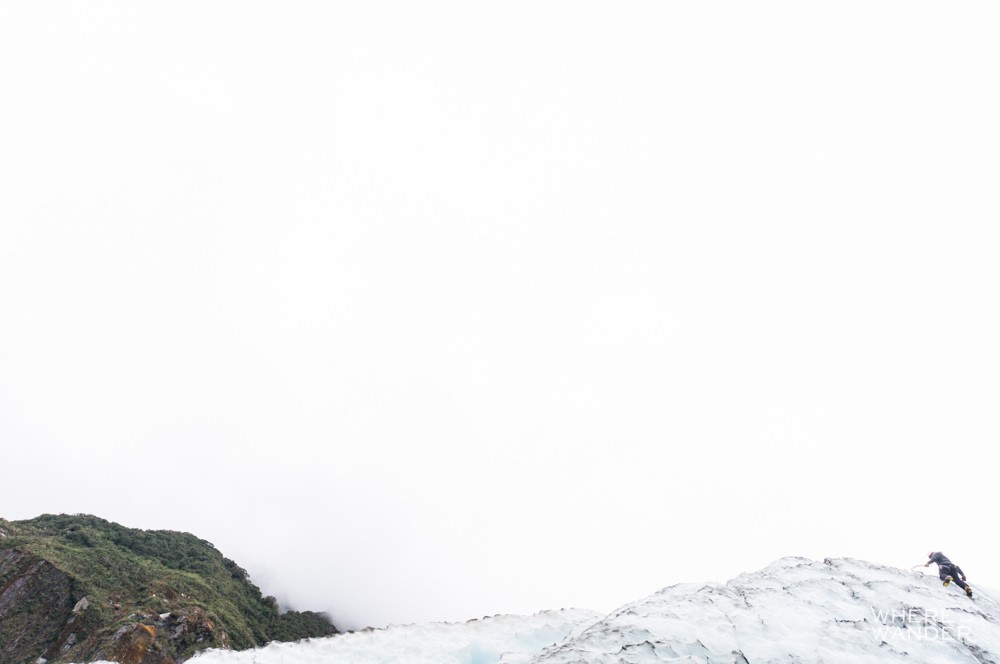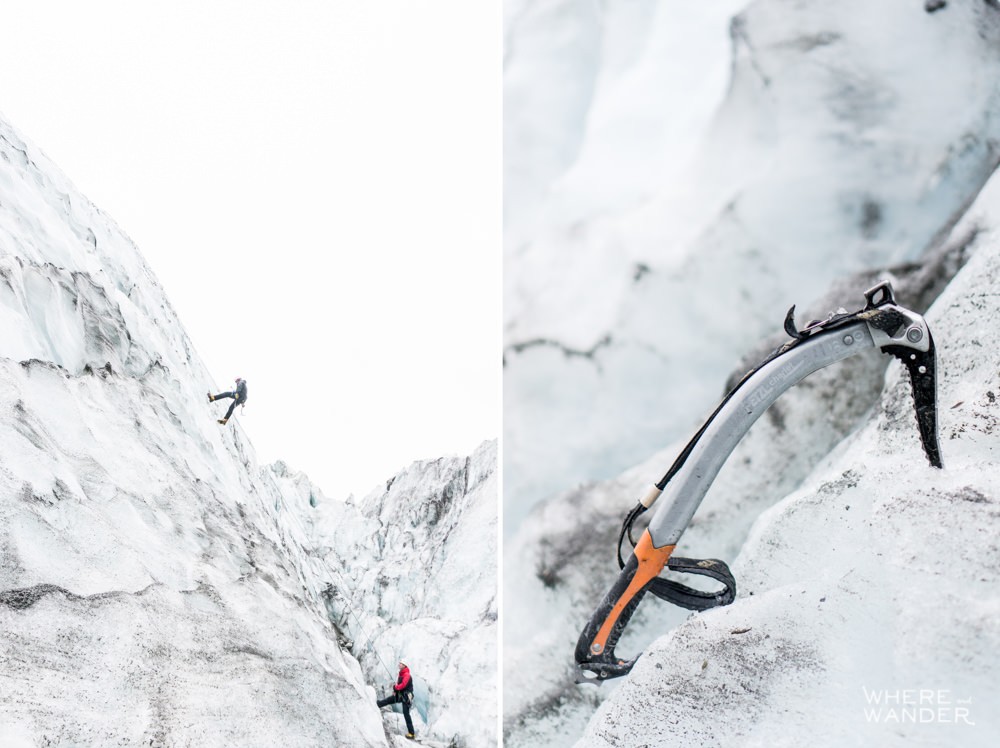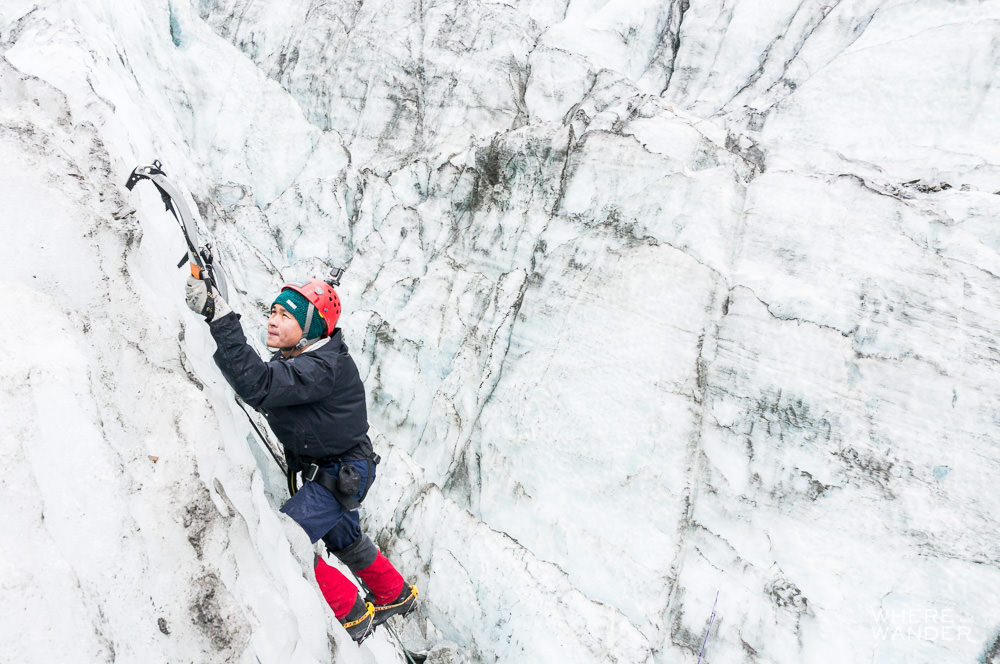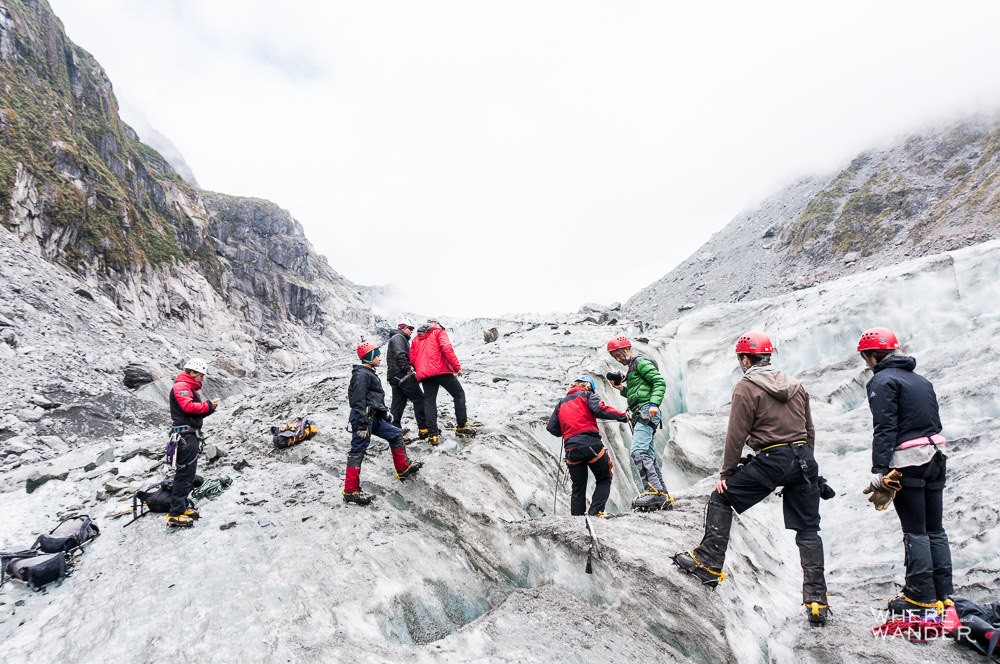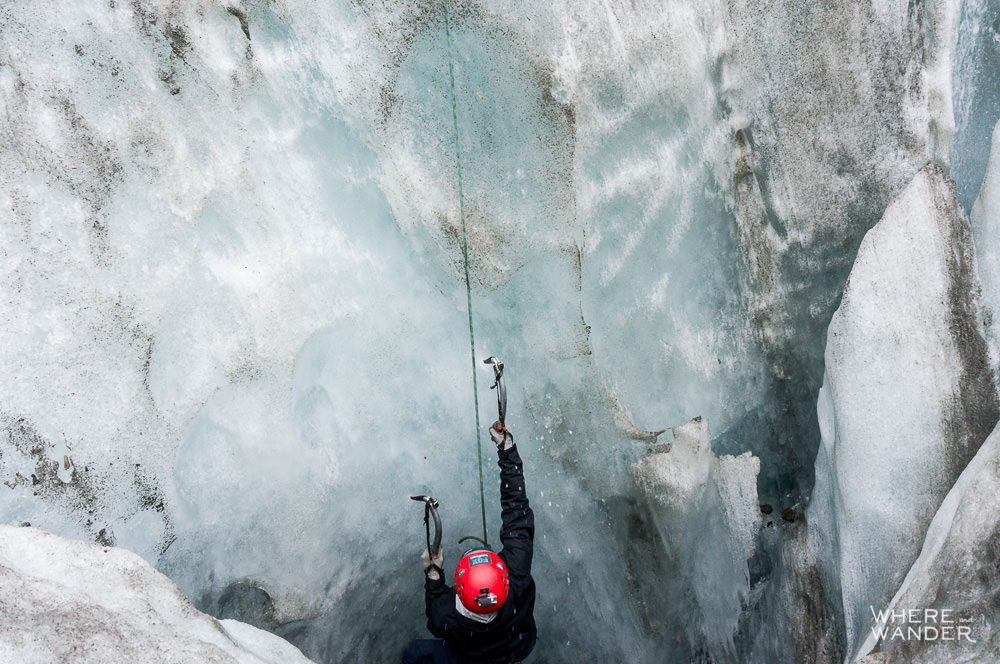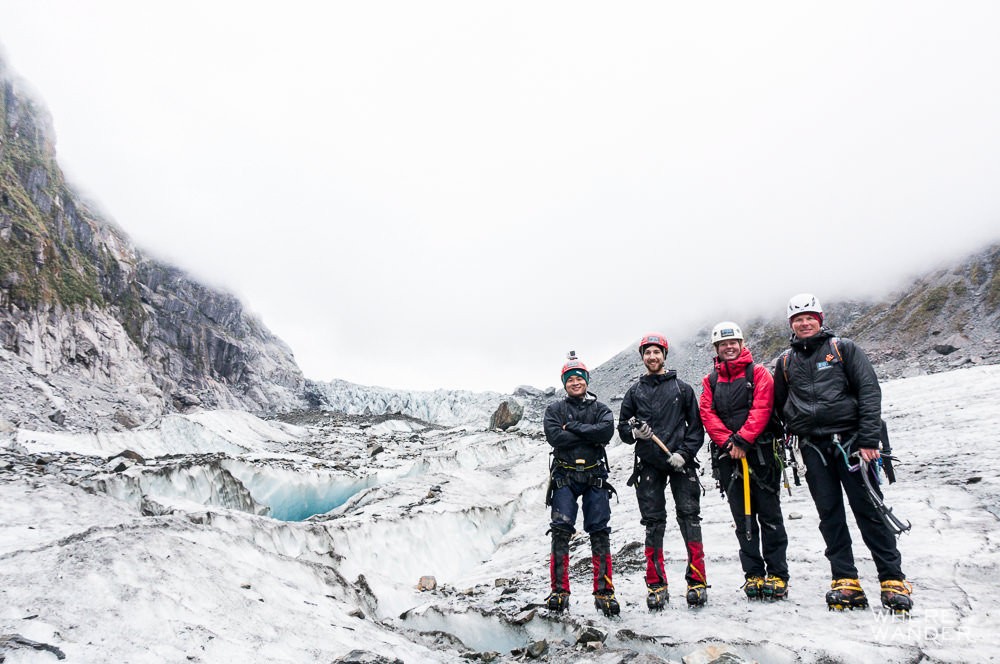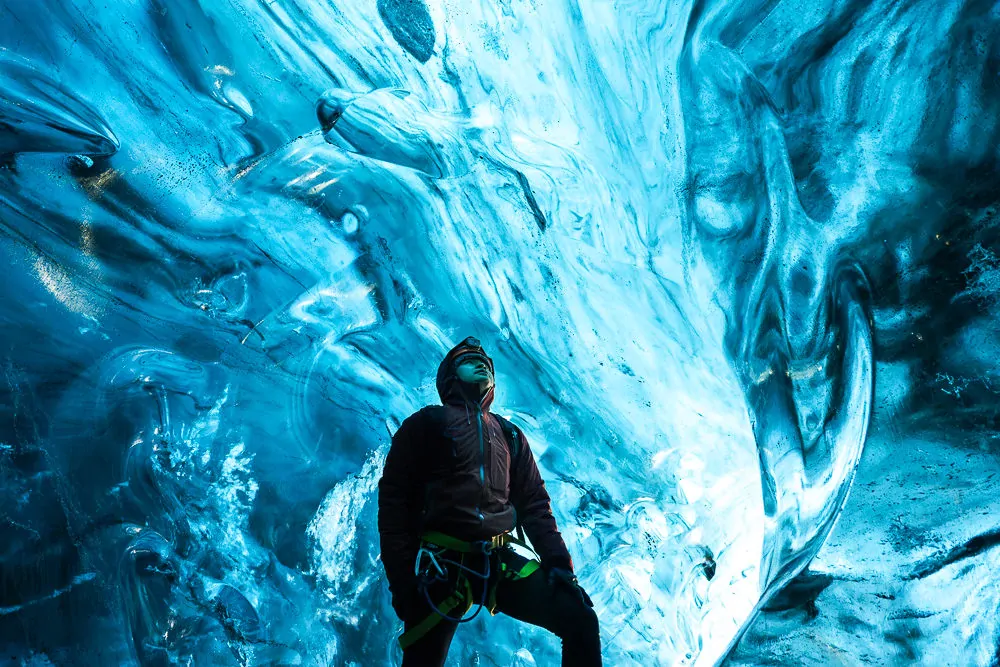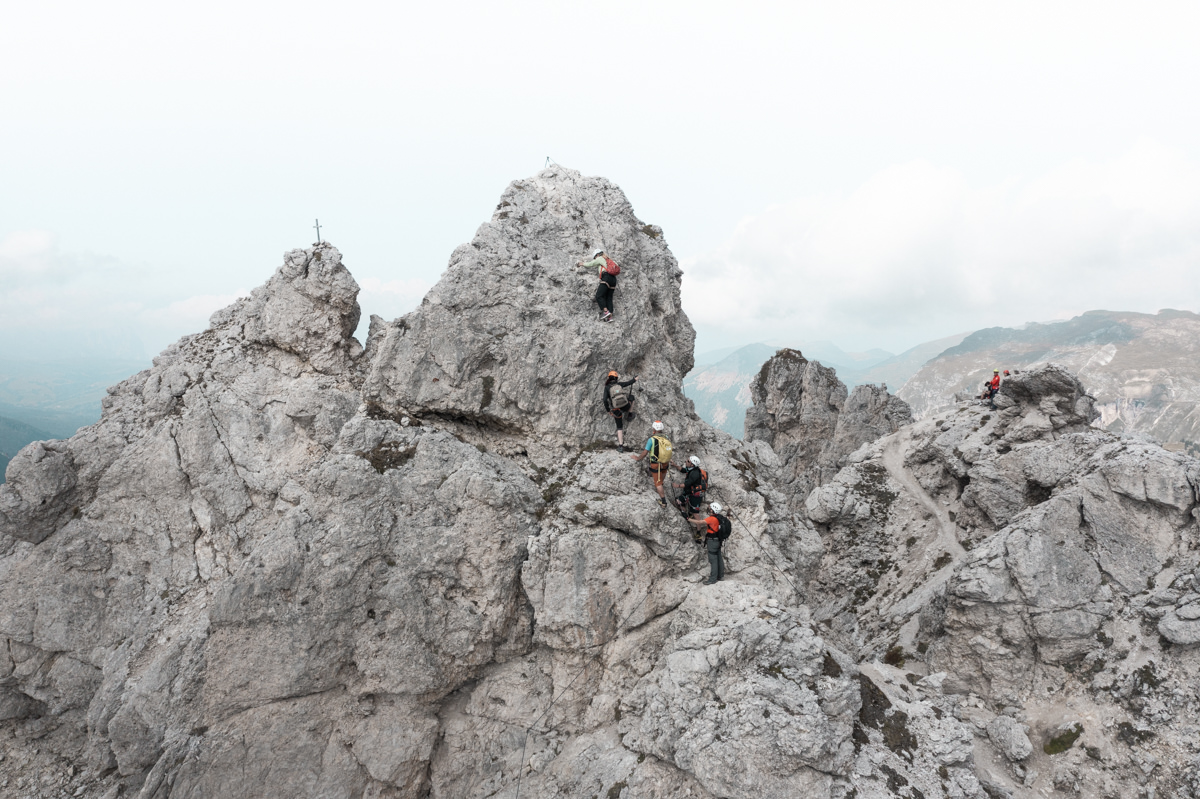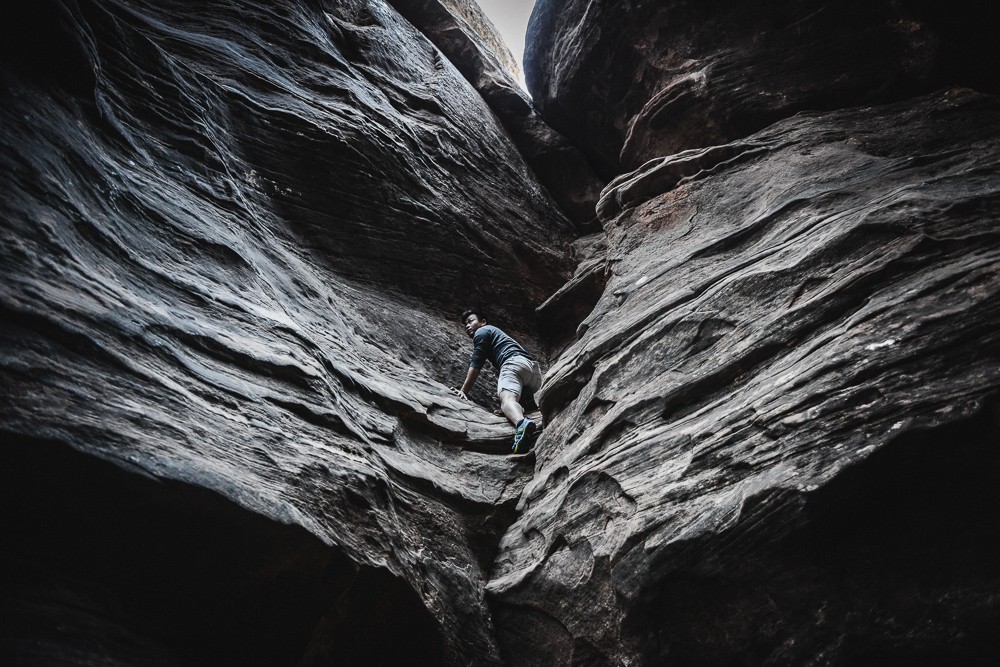New Zealand Road Trip: Ice Climbing Fox Glacier Review
New Zealand Road Trip: Ice Climbing Fox Glacier Review
Prior to my arrival into New Zealand from Australia, I knew three things about New Zealand:
1. They have a lot of sheep.
2. They are not Australians.
3. They have glaciers you can ice climb on.
This meant three things:
1. I was going to eat a lot of lamb.
2. I wouldn’t have to hear “g’day mate” every morning.
3. I can ice climb a GLACIER! As in, someone hands me a couple of ice axes and I climb straight up a glacial ice wall like in Game of Thrones. Just without Jon Snow’s beard.
Naturally, this went right to the top of my list of things to do in New Zealand right after “running through a field of sheep.”
Our camper van road trip would take us through Franz Josef and Fox Glacier, so I eagerly marked the expected date on the calendar for one of the most anticipated experience on our travels through New Zealand.
Best Way To Visit Fox Glacier
There are two main ways most people experience Fox Glacier:
Helicopter Flight With Snow Landing: This flight last about 35 minutes flying over both Franz Josef and Fox Glacier or Tasman Glacier (weather dependent) and does an alpine snow landing so you can get off and walk around for about 10 minutes.
Glacier Heli-Hike: The more adventurous option gets you onto a glacier by helicopter for a 3 hour hike with crampons. This is what I recommend.
A third and often overlooked option at Fox Glacier is to ice climb the glacier. You forego the helicopter ride, but do a glacier hike to an ice wall and learn everything you need to know to safely ice climb up and down the wall.
Update: You know take a short helicopter flight to the glacier ice climbing wall.
This is what we ended up doing.
What Is Ice Climbing?
Ice climbing is almost exactly what it sounds like. While rock climbing has you scaling up a rock wall, ice climbing sends you up ice wall. These walls are usually in the form of icefalls, frozen waterfalls, and rock walls covered in ice that has formed from frozen water flows.
Since ice is pretty cold and can be slippery, jagged and even brittle, climbers don’t actually make direct hand contact with the ice. Instead they use a pair of ice axes to ‘bite’ into the wall. Crampons (basically spikes for the bottom and front of your shoes) over the boots allow you to kick into the ice for grip. With these two tools, climbers can traverse up and across the face of an ice wall.
Getting To Fox Glacier
Our camper van route had taken us from Christchurch down to Invergcargill and then wrapped back up to Milford Sound and Queenstown, where we stopped for our obligatory extreme activities and a Fergberger.
From Queenstown
It takes about 5 hours and 230 miles to drive from Queenstown to Fox Glacier, but you will probably break it up with stops in Wanaka and possible around the Haast pass along the way, making for drives of between 1-2 hours at a time. You can even stop for a Possum Pie along the way.
Between Franz Josef and Fox Glacier, we decided to stay at nearby Franz Josef because the town was a little bigger and it has the Hot Pools, where we can bath and relax. After 2.5 weeks in the cramped camper van, we found this awesome cabin to stretch out and clean up properly for a night. One of the better options in town.
From Franz Josef Glacier
It takes about 30 minutes to drive the 24 km from Franz Josef Glacier to Fox Glacier. An easy drive we could do in the morning, so I arranged for a guided day of ice climbing the next day. We only had time for one activity, so we skipped the helicopter ride and went for the ice climbing adventure.
What To Expect On The Fox Glacier Ice Climbing Tour
On the morning of the climb, we were warmly greeted by Marius and Jess at their office to suit up for the hike in and climb. Marius is the guiding manager at Fox Glacier Guiding and has been in the business for a long time, so I knew we were in good hands. Tess (at the time) was a trainee, but I’ll jump ahead and say that her knowledge, skills and interactions with us would never have betrayed that bit of information.
Gearing Up And Hike In
I came relatively prepared with a pair of long johns and thermals, but they also provided everything you would need if you happened to show up in shorts and a tank top. After packing up our equipment, we hopped on a bus to get to the trailhead and began the 45 minute hike in.
Our gear bag, had everything we needed for the climb: a pair of ice axes, crampons, ropes, carabiners, belay device, ice screws, and a helmet.
I was surprised at how quickly we would see the actual ice wall. Within 15 minutes, the rocky terrain completely changed and we could see the marbled glacier looming in the distance flanked by gray granite and green hills on both sides.
With crampons on, we were able to walk confidently on the crunchy ice and rock composite and navigate around small crevasses. Along the way, we passed a group of people on the Glacier Walk tour. Not going to lie, you feel pretty cool with all the gear heading to climb an ice wall, when they would just be walking around. Morning ego booster for sure.
Arriving To The Wall
When we arrived at the base of the wall, Marius asked if we had done any ice climbing or rock climbing before. I found it funny that he waited until we arrived to ask.
By the way, my friend is not very coordinated. That’s ok, right?
Marius smiled, and then walked off up the back side of the wall to drill and screw in the anchor for our rope. The way he just casually ‘walked’ up the ice made it seem deceptively easy. Spoiler. It’s not.
The glacier wall that looked kind of small from a distance turned out to be a good 25-30 meters tall. The kind of tall that requires you to bend your neck all the way back and stare up wondering, ‘how the hell am I going to get up that thing?’
Kick. Kick. Flick. Flick.
Starting on a less vertical and more forgiving part of the opposite wall, Tess taught us the basics of ice climbing. Kick. Kick. One foot on the wall. Kick. Kick. Other foot on the wall. Flick. Flick. Ice axe one in. Flick. Flick. Ice axe two in. Breathe. Repeat upwards.
I tied in, did a safety check, looked up at Marius, who was waiting at the top with a smile, and just went for it. Doing exactly what Tess said to do, I started ascending with surprising ease. 15 feet up in no time.
Not too bad. Kick. Kick. One foot in. Kick. Kick. Other foot in. Flick. Fl–. ‘Sh****t!!!’, probably echoed across the valley, just as my left boot slipped off the wall along with a broken piece of ice. Although it caught me by surprised, I was still on the wall hanging by one crampon and both axes.
Note to self: kick harder and deeper into the ice.
Climbing Tip: It’s all in the legs. You will pump out your arms if you try to reach too high and pull yourself up. Instead use your arms and axes to balance yourself and “walk” up the wall a couple of small steps at a time.
I took a deep breath and continued. And up I went, right boot, left boot, right axe, left axe. Each set of four moves shifted me up the wall by about a foot each time. I was bit more apprehensive now and slower now, wondering with each step whether the crampon will hold until I can make my next move. Halfway up, I had to loosen my grip and relax my forearm as I started to get the pumped feeling when you overuse your forearm muscles.
Drawing from my climbing experience, I started to put more focus on my legs and remembered not to overextend and try to pull myself up. Instead I would take multiple small steps and use the axes to balance and keep myself affixed to the wall. Exactly like I was instructed to do so.
This made the second half easier (not easy) and eventually I was at the top. After swing my legs over, I let out a sigh of relief, looked down at my friend Corey, the uncoordinated one and said a prayer.
“Don’t Worry, You’re Tied In!”
From the top, I could stare back down at the ice and valley that we crossed. It was everything and more than what I was hoping to feel. The effort it took to get up made that feeling even better.
Back down below, Corey tied in and began his ascent. With the constant encouragements from Tess below, he slowly but surely made it up, but, not without a few slips and some desperate hugging to the wall face.
What They Don’t Tell You
Even though you are tied in and there is very little extra slack on the line, you still have that fear of slipping. And that’s a big part of the fun and what gives you the adrenaline rush. You can clearly see the rope in front of you, but below, it’s just the empty space separating you from the ground.
In the moment, you sometimes question whether the anchor is secured or if a part of the ice wall could just break off. For me, that feeling was motivation to execute each move as carefully as possible and not rely on the top rope.
After Corey’s ascent, I climbed back over and descended down the wall. Like normal rock climbing, you lean back and extend your feet out 90 degrees to the ground, using it to stabilize yourself against the wall as you are lowered.
Once down, I stayed tied in and started my next climb back up. We took turns doing this for the next couple of hours. With two different ropes tied in, we were able to switch between the two separate routes up. When we finished, I asked Marius to do a few climbs so I can take some photographs.
It’s easy to see how experience separates the pros from the beginners. While I grunted and heaved as I smashed the axe into the ice and kicked with the force of a excited donkey, Marius simply looked like he was walking straight up the wall. It was humbling.
“We’re Going To Lower You Into This Hole.”
After the ‘How To Climb Properly 101″ demonstration by Marius, we began our walk back down feeling some of the soreness that would surely be in our legs and arms over the next couple of days. But that soreness will be accompanied by a huge sense of accomplishment. I definitely felt a huge improvement between my first and last climb of the day, largely in part to all the useful tips from Tess and Marius.
You have more confidence and can recognize when the crampon will hold against the ice and when it might not. I swung my axe with with more acceleration but required less power and in a more relaxed way. My step up increments and foot placement also felt more evenly spaced apart which allowed me to stand ‘on’ the ice without having to tense my legs up. In short, it was a great introduction to the sport of ice climbing.
Halfway back, we stopped by one of the crevasses in the ice. Marius explained the shaft was called a ‘moulin’ and funneled water from the top of the glacier down through the hole. Effectively, it was like a frozen blue well with running water.
I was lowered roughly 8 meters down to begin my ascent. With the first kick and flick, I immediately understood why Marius didn’t lower all the way down. The ice was so much denser than what we had been climbing on all day.
I had to kick several times as hard as I could just to create enough of a crack in the eye to rest my crampons on. The same went for getting the axe into the ice. No longer could I afford the same efficient movements. This would take forever and my ego did would not allow me to be pulled out. I had to reach as far up as I could each time.
Summoning every last bit of energy I had, I exhausted my arms and legs to crawl my way up and out. And that was the cherry on top of the whole day.
I was relieved, but I think Marius was probably more relieved that he didn’t have to pull me out. We high-fived.
Back at the office, I was tired and ready for an ice cream. I also looked forward to a hot meal and a good sleep. It was a good type of tired. The type tells you it was worth it.
Can Beginners Ice Climb Fox Glacier?
As tough as I made it sound, there is no experience required to do this, although being in decent shape certainly helps. The guides will gauge your skill and comfort level and help you go as far as you can. There is a max of 4 climbers to a guide, so you’ll get plenty of attention during your climb and enough time in between to recover for the next ascent.
You can book the experience at Fox Glacier Guiding.
Updated on August 13, 2025


